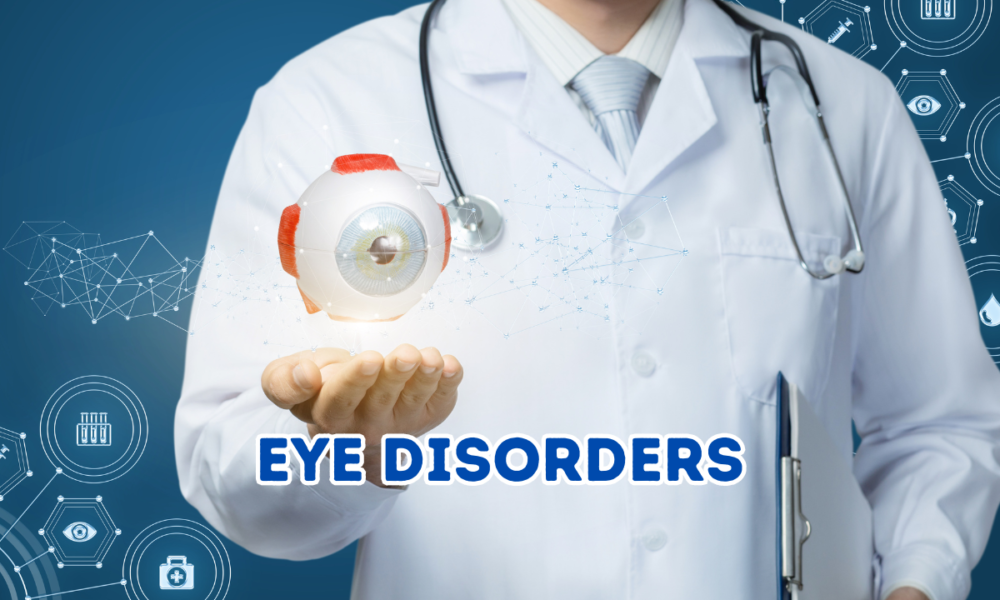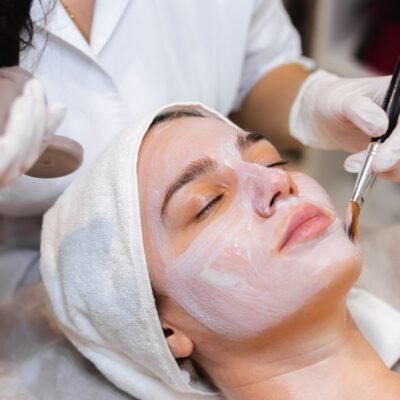Eye Disorders and Diseases That Require Professional Diagnosis and Treatment
Eyes can develop various conditions that affect sight and eye health. While some issues might seem minor, others can be serious and require quick medical attention. Here are some eye disorders and diseases that an eye doctor should check and treat:
Cataracts
Cataracts develop when the natural lens of the eye becomes cloudy due to aging. Some patients experience this issue due to injury to the eye, certain medications, and health conditions, such as diabetes. The cloudiness prevents light from passing clearly through the lens, leading to difficulty seeing at night.
Due to the changes in the shape of the lens, you may need to get new glasses regularly. Some people also experience discomfort in their eyes when they stare at bright lights or sunlight. To diagnose this eye issue, a professional uses eye drops to widen pupils and check the retina and lens properly. Treatment includes surgery to remove the damaged lens and replace it with an artificial one.
Glaucoma
When the pressure inside the eye is too much for the optic nerve, glaucoma develops. Diabetics, heart disease, age, and family history are other examples of root causes of glaucoma. When this eye ailment progresses, patients experience intense pain or headaches. Some people with glaucoma may feel nauseated and have red eyes due to the increased strain in the eye.
An eye doctor uses a device to inspect the optic nerve at the back of the eye for signs of damage, such as cupping or changes in color. This specialist performs surgery to create a new drainage channel for the fluid to leave the eye, reducing discomfort. They also prescribe eye drops to help lower the tension inside the eye.
Macular Degeneration
Macular degeneration affects older adults and can cause blindness when left untreated. People who have this eye condition have challenges recognizing faces, watching television, reading, and driving. When the macula ages and breaks down, vision reduces and causes straight lines to appear crooked. Blood vessels can grow beneath the retina and leak fluid or blood, leading to blurred eyesight.
To detect whether a patient has macular degeneration, a specialist uses imaging technology to view the retina and other sections of the eye. They also utilize an eye chart to measure how well you see at various distances. If they see signs of macular degeneration, the optometrist prescribes special glasses to help individuals make the most of their remaining vision. Injections and laser therapy help slow this eye condition.
Myopia
With myopia, or nearsightedness, patients see objects close to them clearly while those that are far away appear blurry. This condition runs in families and also emanates from using digital screens at a close range for a long period. When detecting the presence of myopia, an eye care professional presents different lens options, asking you which one provides clearer vision.
To determine how well you see distant objects, the doctor asks you to cover one eye and read letters and symbols. The results of the test provide information about how severe your myopia is. To improve your vision, the specialist prescribes eyeglasses or contact lenses. Refractive surgeries reshape the cornea and help light rays to properly focus on the retina, correcting myopia. Low-dose eye drops prevent nearsightedness from advancing in children.
Visit a Qualified Eye Doctor
When you visit an eye specialist regularly, they can check your eyes for underlying issues and treat them quickly. These professionals offer personalized treatment, depending on the eye condition you’re experiencing. They also use modern techniques to test your eyes for various problems and get accurate results. To learn more about your eye health, book an appointment to visit a qualified eye doctor today.











